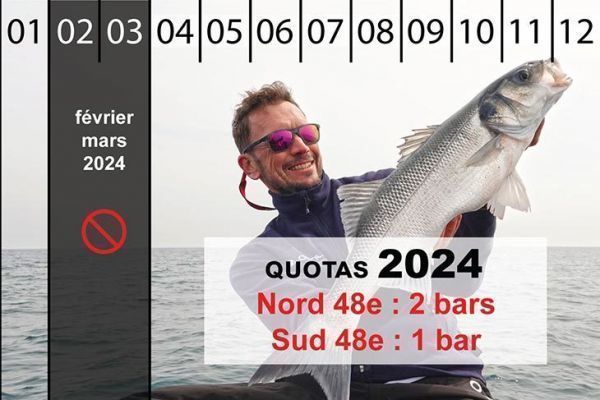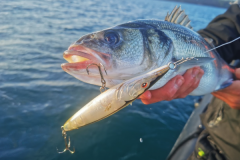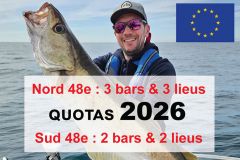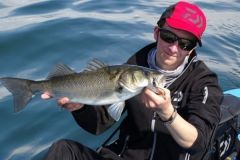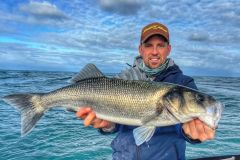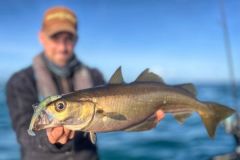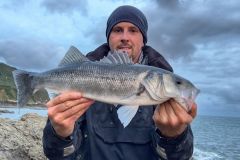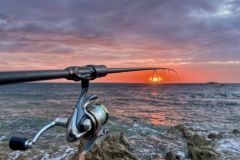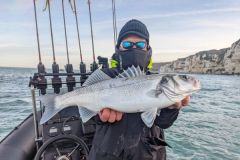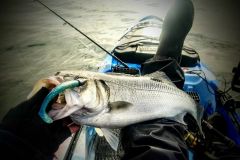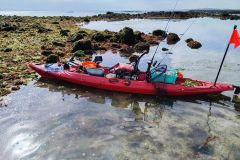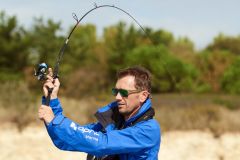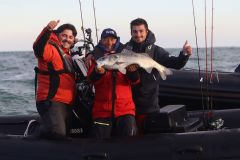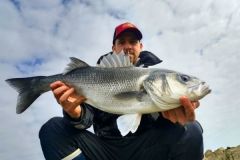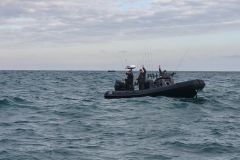The Council of Ministers of the European member states met on Monday December 10 and Tuesday December 11 to vote on fishing quotas. Negotiations dragged on until last night. Recreational fishing was excluded from all negotiations, and once again suffered a punitive and unfair decision.
2 bass per angler in the northwest, 1 bass per angler in the southwest
The sea bass quota in 2024 remains at 2 fish per angler per day north of the 48th parallel, but drops to just 1 sea bass per angler per day south of it, from Audierne to Hendaye.
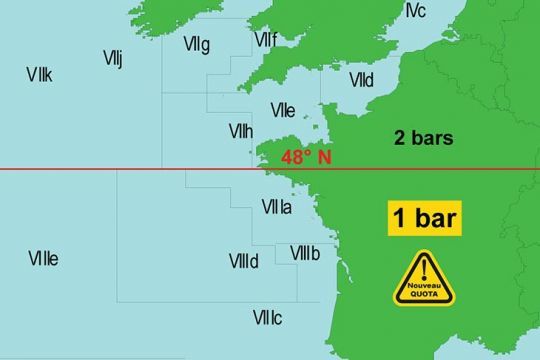
Harvesting remains authorized all year round in the so-called threatened southern zone, which is an aberration. However, it is prohibited in the northern zone in February and March 2024, where only release fishing is authorized.
2023: hope for improved quotas
A year ago, scientists (Ifremer and ICES) were reporting sea bass stocks in better shape, and had increased professional sea bass fishing quotas for the third year running. In view of these optimistic figures from scientists, who indirectly whisper future decisions to ministers, the leisure fishermen's federations were calling for a quota of 3 sea bass per fisherman.
But the French government blocked the process, citing administrative difficulties with the separate management of North Sea and Bay of Biscay stocks (i.e. stocks north and south of the 48th parallel North).
2024: 1 sea bass per day in the southwest, a new discrimination between recreational anglers
We could have expected an improvement in 2024. Indeed, the recent publication by Ifremer and ICES has demonstrated the inconsistency of the 48th parallel boundary that separates sea bass on the Atlantic seaboard into two populations. Without this border, there is no longer any reason to apply two separate laws on the French Atlantic coast. However, contrary to all expectations, quotas are still separated north and south of the tip of Brittany, and the southern half of France is penalized by a quota of just one sea bass per day per fisherman.
Discrimination between professional and recreational fishermen
Why such a large quota south of the 48th parallel? In this same "southern" zone, professional fishing has a quota of 1,906 tonnes, down 20%. Recreational fishermen suffered a 50% drop. The quota for the southern sector could have remained at 2 sea bass per angler, with little impact on the resource. However, this discriminatory cut punishes recreational anglers, most of whom are so-called occasional anglers who fish between 0 and 3 days a year (BVA study - November 2009).
Given that it's very difficult for an occasional angler to catch a sea bass, and that a quota has existed for several years, it's hard to imagine recreational anglers being responsible for a decline in the species. And yet, the EU publication the day after the quota vote announces: "The measures governing recreational fishing for European sea bass in ICES divisions 8a and 8b should be strengthened, given its considerable impact on the biomass of this stock and the decline in this biomass. The catch limit should therefore be lowered to one fish caught and kept per fisherman per day".
Fishing in the southern sector remains authorized all year round. Pelagic trawlers will therefore continue to disturb sea bass during their large winter gatherings. It is this fishing that has a considerable impact on the biomass of the sea bass stock and harms the resource. As usual, artisanal and recreational fishing are the victims of massive overexploitation. But not a word on this subject in the EU publication.
A bad signal for French fishermen and the industry
Once again, recreational anglers are being subjected to measures decided with contempt by our leaders, without any consultation with representatives of recreational anglers and industry. In what promises to be a tense economic period, such a measure will have adverse effects that will be felt first and foremost by retailers south of the tip of Brittany and all the way to the Basque coast.
Recreational fishing in Europe: 10.5 billion euros for 100,000 jobs
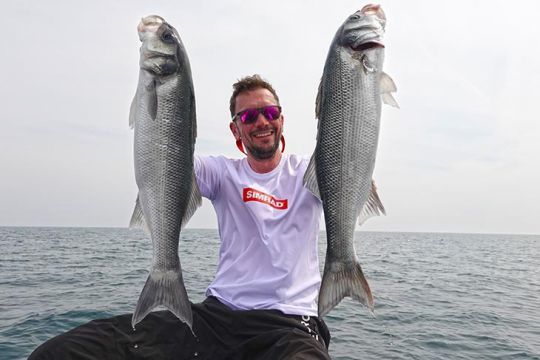
Recreational anglers should be much better regarded. They spend 10.5 billion euros a year on their hobby in Europe. Sea bass alone accounts for 400 million euros. In total, this covers 100,000 jobs. That's quite a lot. The socio-economic value of recreational fishing is very significant in terms of employment, tourism, consumption, maritime heritage...

 /
/ 